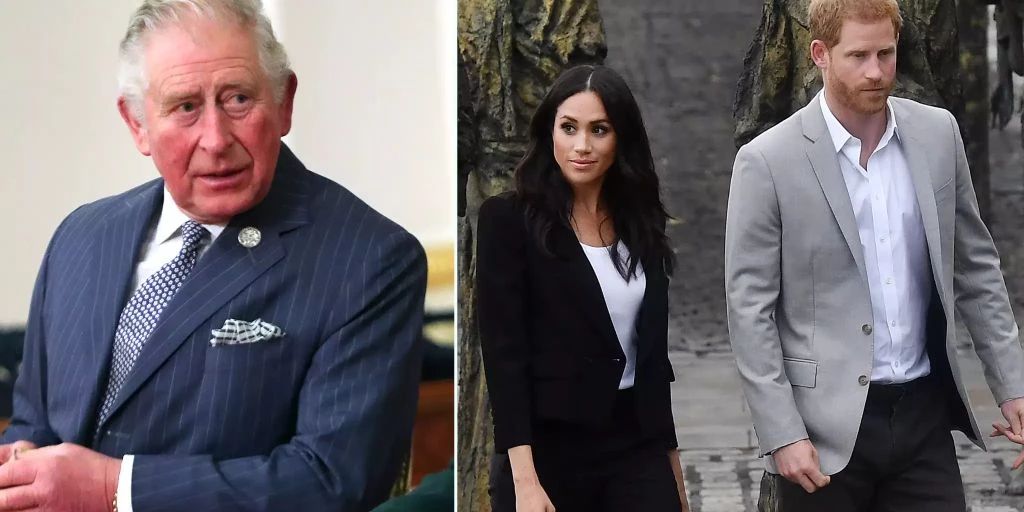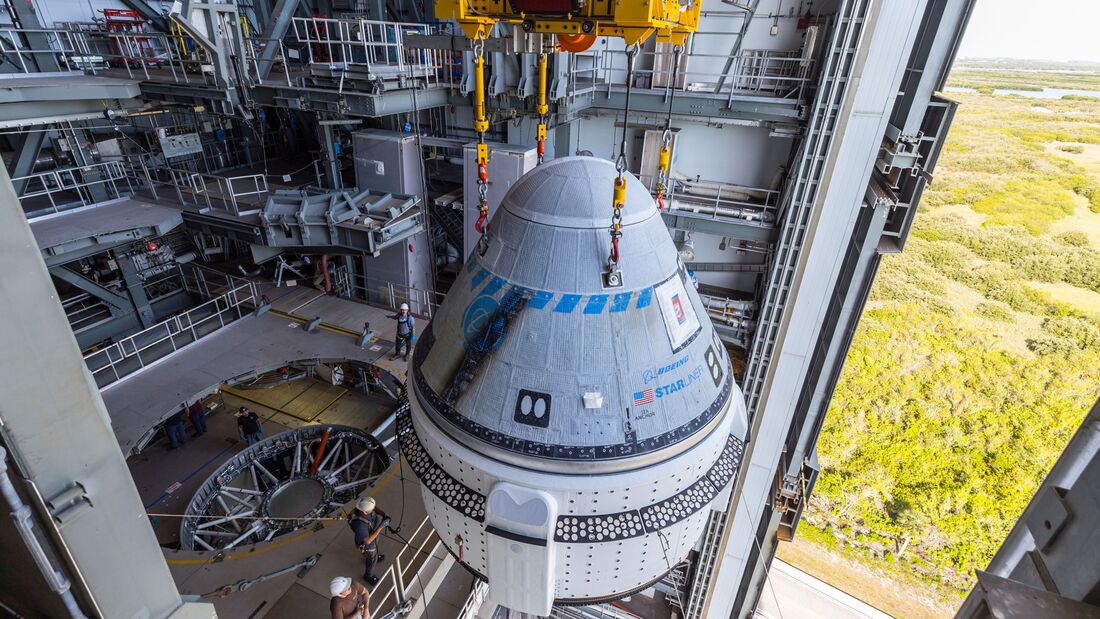A research team has made a rare discovery in space: two supermassive black holes that existed three billion years after the Big Bang.
Champagne Urbana – Galaxies grow by merging with other galaxies. This is often a brutal process: billions of stars mix, star formation is triggered, supermassive black holes in the centers of galaxies produce luminous quasars that eclipse the entire galaxy. Some of these mergers form huge elliptical galaxies, in the center of which there is a black hole with several billion solar masses.
In our cosmic “neighbourhood”, researchers have already observed such merging galaxies often – but far away, at a time when the Universe was only a quarter of its current age, such mergers are hard to find. Now, however, a research team using multiple telescopes on Earth and in space has seen one such sample—it was present at a time researchers call “cosmic noon.” This means the time around 2 to 3 billion years after the Big Bang, which is a period of intense star formation.
Two supermassive black holes are about to merge
Specifically, the research team led by Yu-Ching Chen (University of Illinois) discovered two active supermassive black holes, the so-called quasars. The authors wrote in a study that separates them only 10,000 light-years in the journal nature published had become. The research team hypothesis: the galaxies in which the two black holes are located are on the way to merging into a single elliptical galaxy. Just recently searched Discover one of the most massive black holesknown.
In fact, research indicates that in the early universe there must have been a large number of pairs of black holes present in merging galaxies. However, finding such a pair in this early period of the universe is not easy. in communication The National Science Foundation, which oversees one of the participating telescopes, says it’s “the literal search for a needle in a haystack.”
Black holes must be active
The problem: Most pairs of black holes are too close together to clearly distinguish one from the other. To unequivocally define such a system, two supermassive black holes would have to be actively attracting mass and simultaneously glowing brightly as quasars—very rare conditions. The research team provided the first indication of the discovery of such a system in data from the Hubble Space Telescope. Two bright points of light from the early universe were visible at a close distance.
Additional telescopes were used to confirm the presence of two quasars in place of the quasar and a star in the foreground of the image. The confirmation process was not easy. “It took us a series of telescopes spanning the spectrum from X-rays to radio waves to finally confirm that this system is indeed a pair of quasars,” co-author Yue Xin said in a statement.
Chen, who headed the study, expressed his excitement at the discovery: “We don’t see many paired quasars at this early stage, which is why this discovery is so exciting.” The wormholes will tell us about the formation of supermassive black holes in the early universe and how common these mergers are.” (tab)

“Subtly charming coffee scholar. General zombie junkie. Introvert. Alcohol nerd. Travel lover. Twitter specialist. Freelance student.”







More Stories
Lia Maria Loeffler in the Golden Hall
Dirt Racing 24 comes with many improvements
Amazon offers one of the best video games of all time